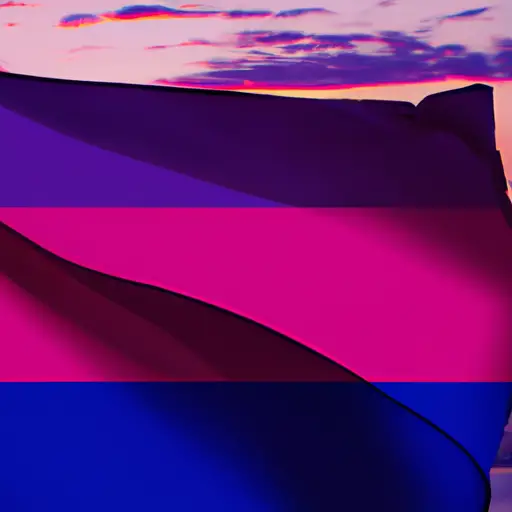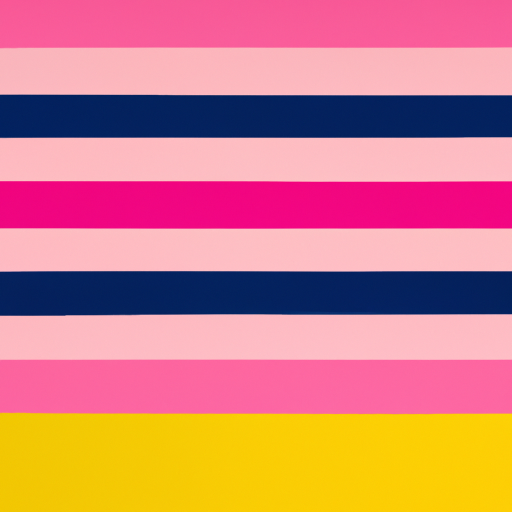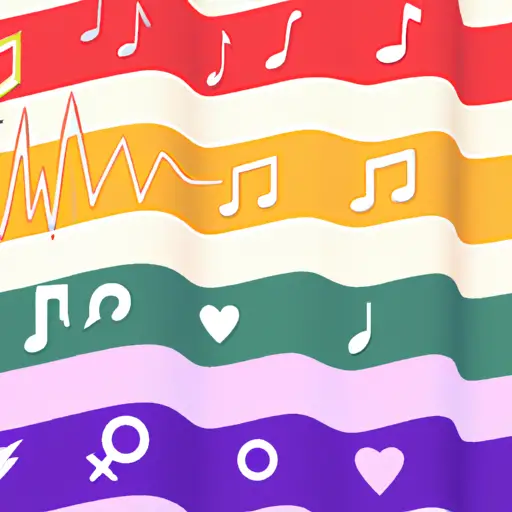Have you ever wondered about the colorful flags that represent different sexual orientations? These flags, like vibrant beacons, symbolize the diverse identities and experiences within the LGBTQ+ community. Each flag holds its own unique meaning, conveying a sense of pride, visibility, and unity. From the iconic rainbow Pride flag, representing the LGBTQ+ community as a whole, to the transgender flag, designed to honor and empower transgender individuals, these flags serve as powerful symbols of self-expression and acceptance. The bisexual flag celebrates the beauty of attraction to both genders, while the pansexual flag embraces love and attraction regardless of gender. By understanding the meanings behind these flags, we can foster a more inclusive and understanding world for all.
Key Takeaways
- Pride flags, such as the LGBTQ+ flag, the transgender flag, the bisexual flag, and the pansexual flag, represent different aspects of the LGBTQ+ community and its diverse identities.
- Each flag has its own unique symbolism, with colors representing different aspects of identity, such as life, healing, sunlight, nature, harmony, spirit, boys, girls, femininity, masculinity, same-sex attraction, opposite-sex attraction, blending of attractions, and gender identity.
- These flags are important symbols of self-expression, acceptance, visibility, and awareness within the LGBTQ+ community.
- Flags help break down stereotypes, raise awareness about unique experiences and challenges faced by different sexual orientations, and provide a sense of belonging and solidarity for individuals within these communities.
Pride Flag
The Pride Flag represents the diverse and vibrant LGBTQ+ community. It holds historical significance as a symbol of unity and pride for the community. Created by Gilbert Baker in 1978, the flag originally featured eight colors, each representing a different aspect of LGBTQ+ identity. These colors included hot pink for sexuality, red for life, orange for healing, yellow for sunlight, green for nature, turquoise for magic and art, indigo for serenity, and violet for spirit. Over time, the flag has evolved and now commonly features six colors: red, orange, yellow, green, blue, and purple. Each color holds its own symbolism, with red representing life, orange for healing, yellow for sunlight, green for nature, blue for harmony, and purple for spirit. The flag has become a powerful symbol of LGBTQ+ pride and visibility, promoting inclusivity and acceptance. It is a reminder of the struggles and triumphs of the community. Transitioning to the subsequent section about the ‘transgender flag’, it is important to recognize the significance of other flags that represent various aspects of the LGBTQ+ community.
Transgender Flag

Now let’s explore the significance of the Transgender Flag, which represents the transgender community within the broader LGBTQ+ spectrum. The Transgender Flag is a powerful symbol that raises awareness about transgender rights and promotes gender identity awareness. By understanding the meaning behind the colors of the flag, we can gain a deeper appreciation for the struggles and triumphs of the transgender community.
| Color | Symbolism |
|---|---|
| Light Blue | Represents traditional baby blue, symbolizing boys and masculinity. |
| Pink | Represents traditional baby pink, symbolizing girls and femininity. |
| White | Represents those who are transitioning or are considered to be outside of the traditional male-female binary. |
| Light Pink | Represents individuals who identify as androgynous, transitioning, or are questioning their gender identity. |
This flag serves as a reminder that transgender rights are an essential part of the overall fight for LGBTQ+ equality. It emphasizes the importance of respecting and supporting individuals who may not fit within traditional gender norms. By promoting gender identity awareness, the Transgender Flag helps break down stereotypes and fosters a more inclusive society.
Now, let’s move on to the next topic and explore the significance of the Bisexual Flag.
Bisexual Flag

Explore the significance of the Bisexual Flag, a symbol that represents the bisexual community and raises awareness about the unique experiences and challenges faced by bisexual individuals. The Bisexual Flag is a powerful symbol of bisexual representation and pride. It consists of three horizontal stripes: pink, purple, and blue. Each color holds a specific meaning. The pink stripe represents same-sex attraction, the blue stripe represents opposite-sex attraction, and the purple stripe represents the blending of both attractions, symbolizing bisexuality.
The Bisexual Flag plays a crucial role in highlighting the visibility of the bisexual community. It serves as a beacon of acceptance and recognition, giving bisexual individuals a sense of belonging and solidarity. By proudly displaying the Bisexual Flag, people show their support for the bisexual community and affirm their commitment to inclusivity.
The Bisexual Flag also helps to raise awareness about the unique experiences and challenges faced by bisexual individuals. Bisexuality often faces misconceptions and erasure, as society tends to view sexuality as a binary concept. The flag serves as a reminder that bisexuality is valid and deserves recognition. It helps to combat biphobia and foster understanding, creating a more inclusive society.
Pansexual Flag

Continue learning about the various sexuality flags by exploring the meaning behind the Pansexual Flag. The Pansexual Flag is a symbol that represents individuals who are attracted to people regardless of their gender identity. It was created in order to provide pansexual representation and visibility within the LGBTQ+ community.
The flag consists of three horizontal stripes: pink, yellow, and blue. Each color holds a specific meaning. Pink represents those who identify as female, yellow represents those who identify as nonbinary, and blue represents those who identify as male. Together, these colors form a visual representation of the inclusivity and acceptance that pansexual individuals strive for.
The Pansexual Flag plays a crucial role in promoting visibility and understanding. By displaying this flag, individuals are able to express their pansexuality and create spaces where they feel seen and accepted. It serves as a powerful symbol that challenges binary notions of gender and highlights the importance of embracing all forms of attraction.
Frequently Asked Questions
What Is the History Behind the Creation of the Pride Flag?
You might be interested in the history behind the creation of the pride flag. It evolved over time, with different colors and meanings. The significance of the bisexual flag colors is an important part of this story.
How Has the Design of the Transgender Flag Evolved Over Time?
The design of the transgender flag has evolved over time, reflecting the progress and visibility of the transgender community. Its impact is profound, as it serves as a symbol of empowerment, unity, and recognition for transgender individuals.
Are There Any Specific Colors or Symbols That Hold Significant Meaning on the Bisexual Flag?
On the bisexual flag, the colors hold significant meaning. The pink represents same-sex attraction, blue represents opposite-sex attraction, and purple represents the blending of both. The flag also features a double-ended arrow symbolizing attraction to multiple genders.
What Are Some Common Misconceptions About the Pansexual Flag and Its Meaning?
There are some common misconceptions about the pansexual flag and its meaning. Let’s clear them up! The pansexual flag represents attraction to all genders, not just two. It’s important to understand and respect the diverse experiences of pansexual individuals.
How Has the Visibility and Recognition of These Flags Impacted the Lgbtq+ Community?
The visibility and recognition of these flags have had a profound impact on the LGBTQ+ community. They have increased acceptance and understanding, and representation in media has improved, allowing for greater visibility and validation of diverse sexual orientations.
Conclusion
In conclusion, sexuality flags are powerful symbols that represent diverse identities and promote inclusivity. The Pride Flag stands as a symbol of LGBTQ+ rights and celebrates the community’s resilience and pride. The Transgender Flag signifies visibility and support for transgender individuals. The Bisexual Flag represents attraction to both genders, while the Pansexual Flag represents attraction regardless of gender. These flags serve as a reminder of the beautiful spectrum of human sexuality and should be embraced with acceptance and understanding.


Leave a Reply